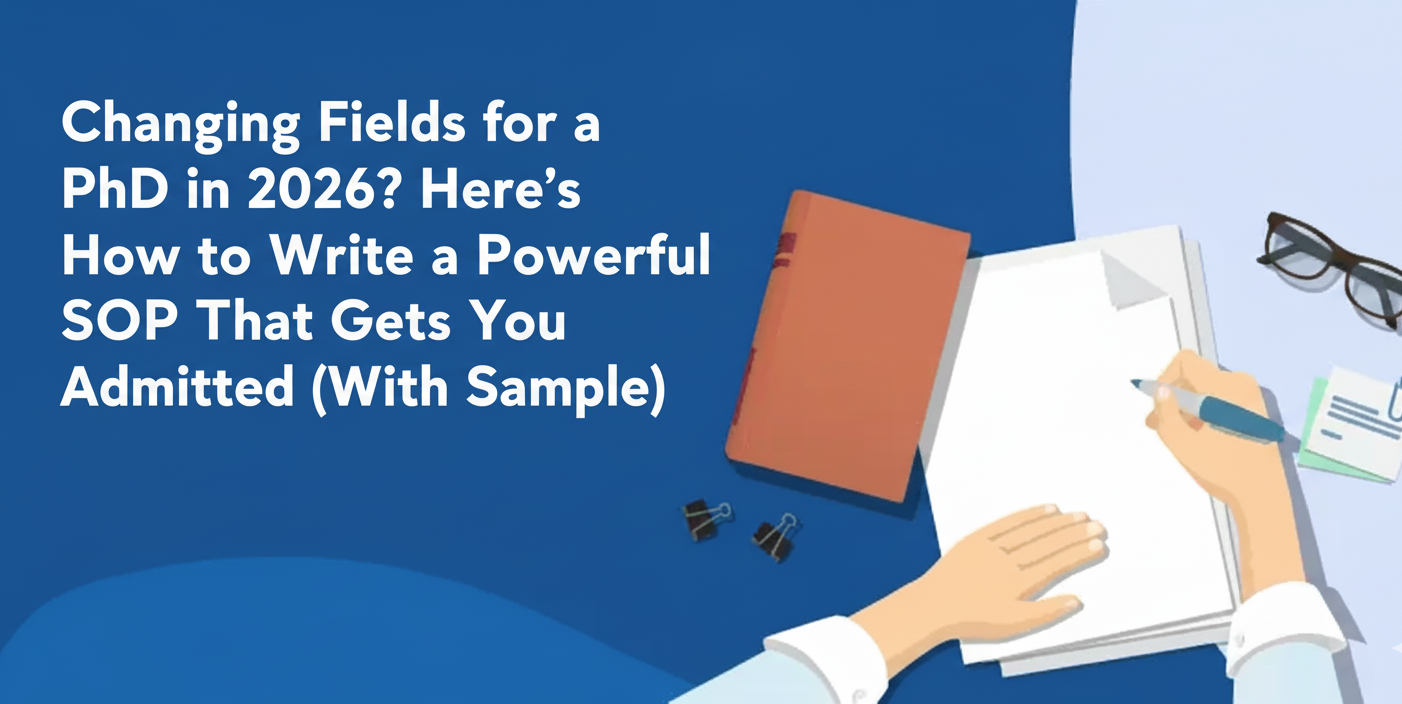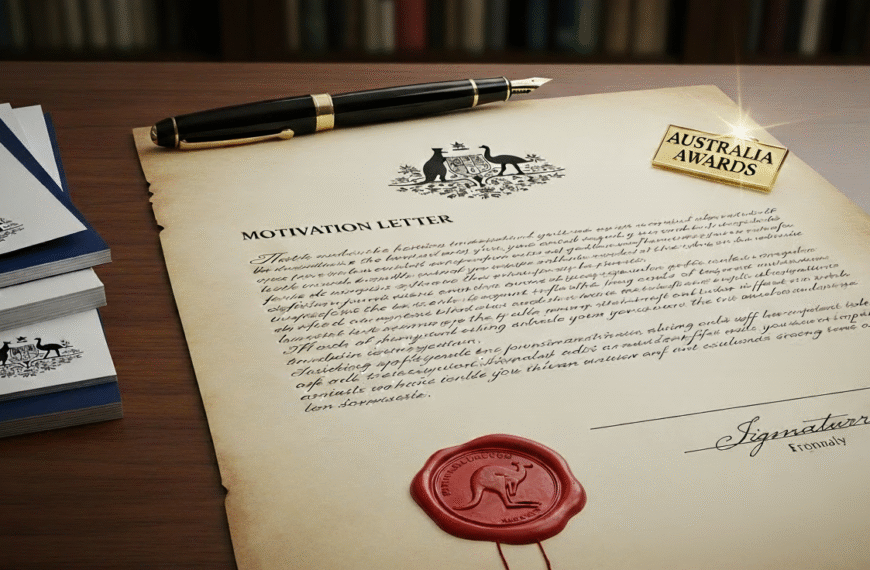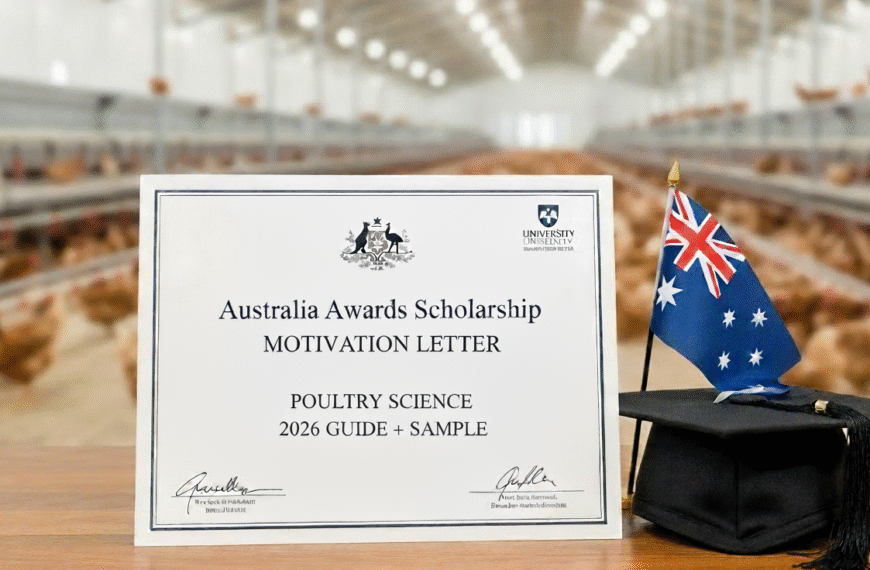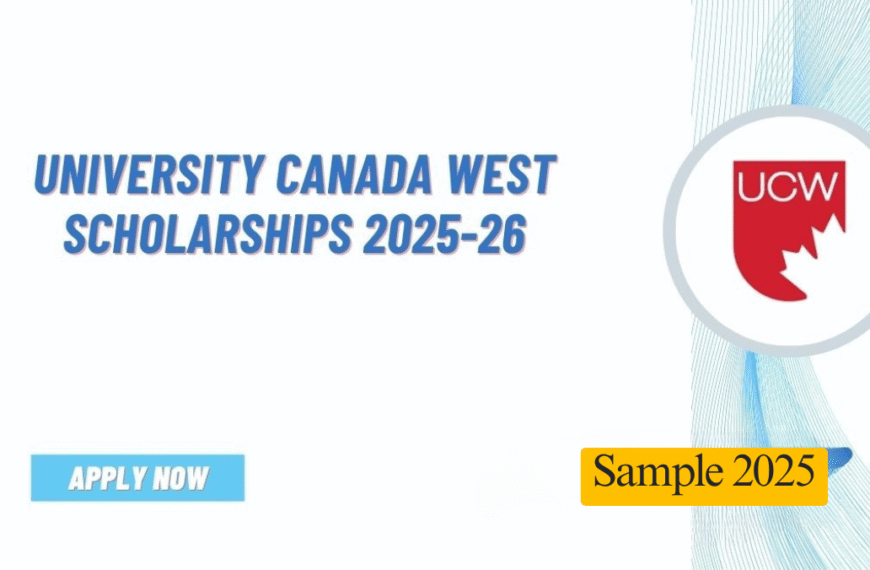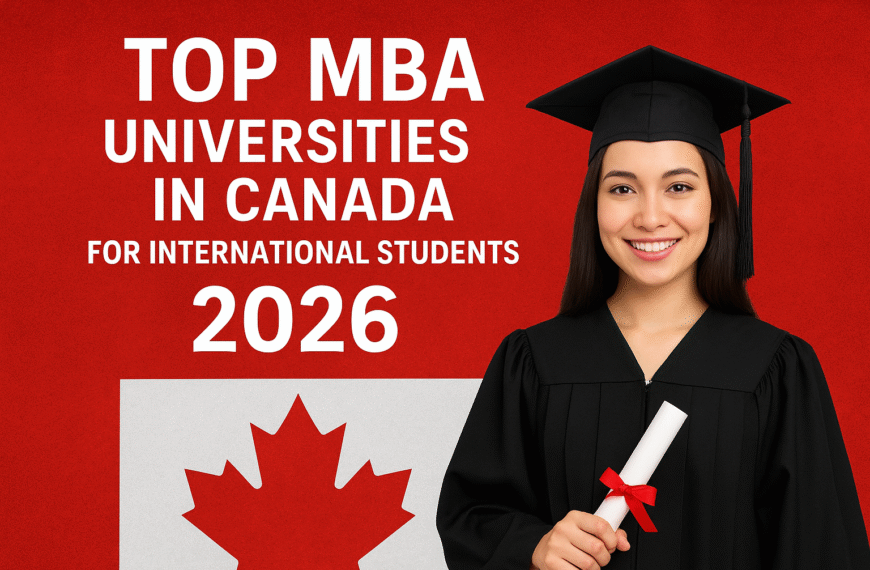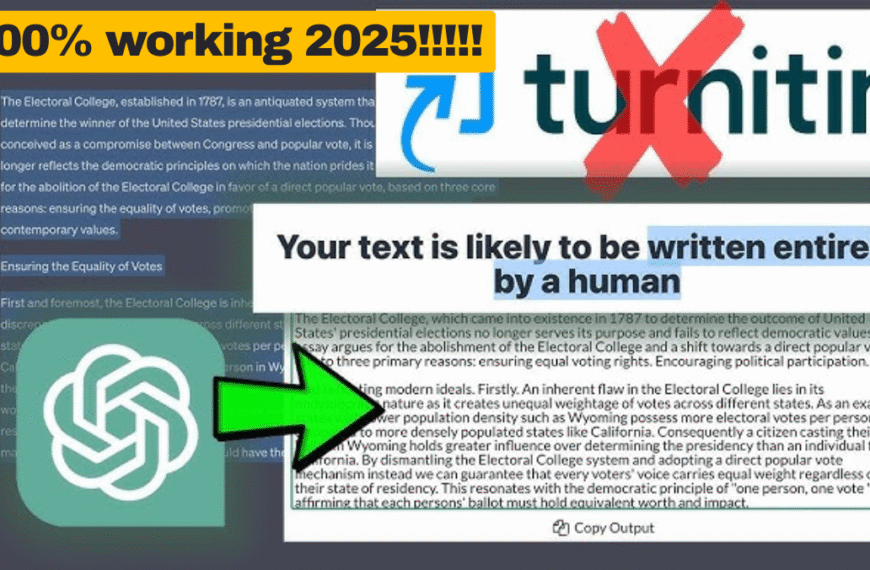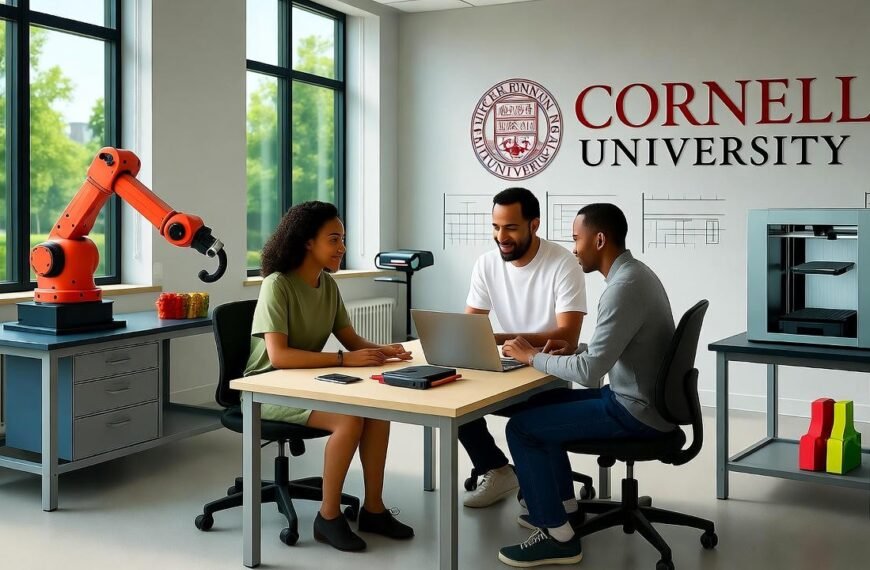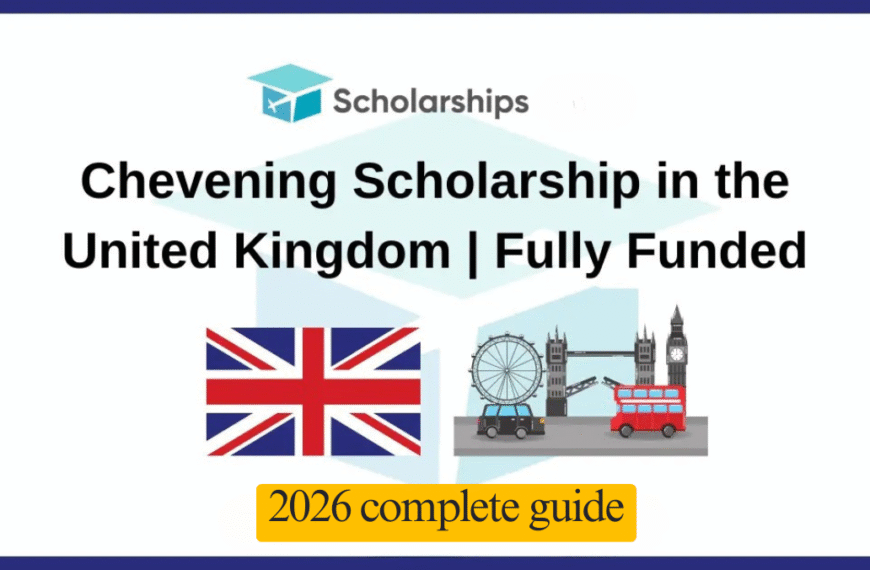In 2026, more students than ever are making interdisciplinary shifts — moving from engineering into physics, from biology into data science, or from chemistry into materials science. If you’re one of those ambitious minds aiming to pivot fields for your PhD, your Statement of Purpose (SOP) becomes the most critical part of your application.
This guide will teach you how to craft a compelling SOP if you’re changing academic disciplines — plus provide a full sample SOP for someone transitioning from Mechanical Engineering to High Energy Physics and Material Science.
Why the SOP Is Even More Important for Applicants Changing Fields
When switching academic areas, the admissions committee might wonder:
- “Can this applicant handle the rigor of the new field?”
- “Are they changing directions impulsively, or is there a clear intellectual evolution?”
- “What value does their previous background bring to this research area?”
A good SOP answers all of these — not with defensiveness, but with confidence, clarity, and curiosity.
Key Elements Your SOP Must Include in 2026 (For Changing Fields)
Here’s the structure you should follow, with key themes:
1. ✅ Start With Your Motivation: Why the Change?
Open with a personal but academic reason behind your transition. Show this is not a whim — it’s a thoughtful evolution.
🟢 Example:
“My fascination with the physical laws of the universe began during mechanical systems simulations in my undergraduate studies. While my foundation was in engineering, I found myself drawn not just to ‘how’ machines work — but to the ‘why’ behind physical interactions at the atomic and subatomic levels.”
2. ✅ Demonstrate Academic Readiness in the New Field
Even if you weren’t formally trained in the new discipline, you should show that you’ve taken initiative — through:
- Relevant coursework
- Online certifications (e.g., Coursera, edX, NPTEL)
- Independent research or reading
- Programming or lab skills
🟢 Example:
“To prepare for the transition, I independently studied quantum mechanics, condensed matter physics, and Python-based simulations of physical systems. These efforts laid the foundation for me to pursue research in material behavior under extreme conditions.”
3. ✅ Showcase Relevant Research Experience (Even If Indirect)
You don’t need to have worked in the exact new field — but your research must show transferable skills:
- Computational modeling
- Data analysis
- Simulation
- Problem-solving under uncertainty
🟢 Example:
“A pivotal project involved simulating the response of aerospace materials under thermal stress. Though rooted in mechanical engineering, this experience introduced me to the microstructural behavior of matter — a gateway to material science.”
4. ✅ Align With the University & Faculty
This is key in 2026. Generic SOPs no longer cut it. Show that you’ve researched the program deeply, including:
- Professors’ research interests
- Labs or centers you’re excited about
- How your goals fit with theirs
🟢 Example:
“I am particularly drawn to the groundbreaking work of Professor Xing Tang at the University of California, whose research on exotic materials under extreme conditions aligns closely with my interests.”
5. ✅ Communicate Future Goals
Be clear about where the PhD leads — research, teaching, industry R&D, etc. This shows maturity and direction.
🟢 Example:
“My long-term goal is to lead a research group exploring sustainable quantum materials, contributing both to theoretical models and real-world applications in energy storage.”
📚 Final Takeaways: What the Best SOPs for Field-Changers Include
| Key Element | Why It Matters |
|---|---|
| Clear motivation | Shows your transition is intentional and thoughtful |
| Evidence of readiness | Proves you can handle the academic load |
| Interdisciplinary skills | Adds value to your new research group |
| Research alignment | Convinces faculty you’re a good fit |
| Strong writing | Demonstrates professionalism and maturity |
Bonus: Free Resources for Field-Changers Applying to PhDs
Here are some tools to help you prepare:
🔗 MIT OpenCourseWare – Physics Courses
🔗 edX Quantum Mechanics Programs
🔗 Coursera – Scientific Python Programming
Final Words
Crafting a compelling and well-structured PhD SOP field change 2026 is a crucial step for applicants aiming to transition smoothly into a new research discipline. Your Statement of Purpose is more than just a formal document — it is your unique narrative that connects your past experiences, present motivations, and future aspirations. By clearly articulating your reasons for shifting fields, demonstrating relevant skills, and showcasing your dedication to self-learning, you set yourself apart as a thoughtful and serious candidate. Remember, admissions committees are not only looking for academic excellence but also for passion, clarity of purpose, and alignment with their program’s research goals. Utilize sample SOPs wisely as guides, but ensure your final essay authentically reflects your journey and goals. With careful preparation and a focused approach, your PhD SOP field change 2026 can open doors to exciting new opportunities and groundbreaking research in your chosen field.
